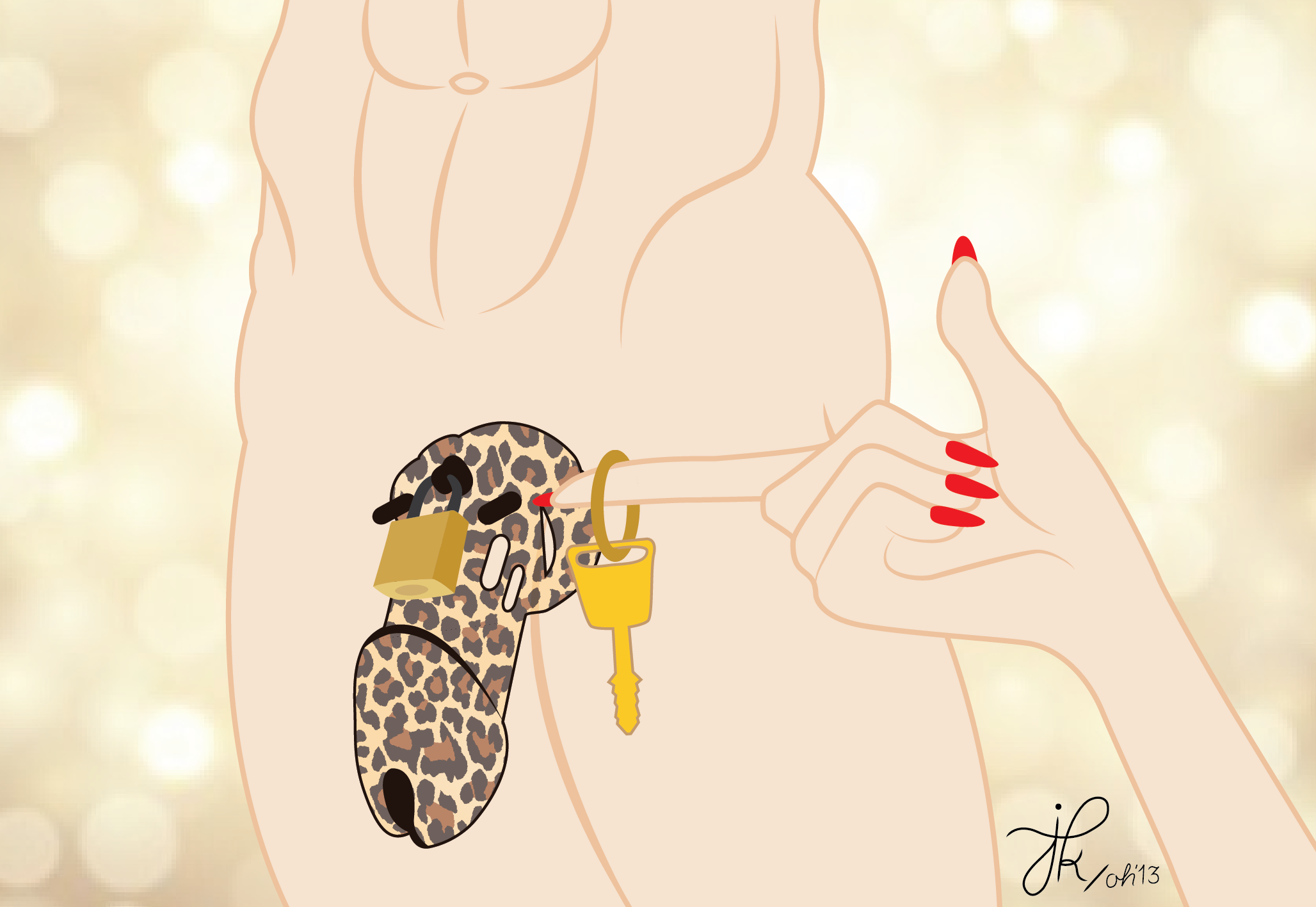American company CB-X, the self-proclaimed “World Leader in Male Chastity Devices,” got a “rise” out of consumers with the release of their modern “chastity lock.”

The device is best described as a lockable designer sheath that fits over the penis and is meant to prevent men from masturbating or engaging in other sexual activities.
The product is available in a variety of patterns and sizes, including wood, chrome and camouflage.
However, chastity belts have a long and controversial history and despite attempts to modernize the device and appeal to a broader audience, scores of men and women have been rattled by its revival.
Historically, they were used for several different reasons. They were regarded as “anti-temptation devices” as far back as the Middle Ages. Women were forced to wear them by their crusading husbands in order to ensure their faithfulness and to prevent rape.
Even as recently as the 1930s, chastity belts were used on adolescents to prevent masturbation, as self-satisfaction was believed to be the cause of mental illness and a variety of other health issues.
These primitive devices were often unsanitary, with prolonged wear often resulting in sores, urinary infections and in extreme cases, death.
Based on this knowledge, the public’s perception of chastity devices is decidedly negative. People tend to draw associations with male dominance, assault, sexual deprivation or the idea of denying oneself sexual pleasure before marriage.
CB-X’s campaign takes a different angle, marketing the locks as an enhancer of sexual pleasure—a tool meant to heighten arousal by creating a physical barrier between partners. As sexologist and registered nurse at the Montreal General, Caroline Boudreault, puts it, “if someone wants to do it and is okay with doing it, then what happens in their pants is their own concern.”
Couples who dabble in BDSM, a variety of erotic practices involving dominance and submission, use devices similar to those being advertised by CB-X. They are normally worn by the submissive, who surrenders control to the dominant, also known as the “key holder.”
The belts are thought to increase arousal, which at the hands of the dominant, is maintained for an extended period of time without orgasming. Provoking this kind of sexual frustration goes hand in hand with the BDSM practice of “erotic sexual denial.” The key holder is the only one who may decide when, where, and how often the submissive is allowed sexual release.
The main difference between CB-X’s device and its ancestors, Boudreault explained, are the circumstances in which they are being used. This new incarnation is mostly intended for play, not as a means to impose lifelong chastity on someone else.
Despite the positive and pleasurable uses that are being explored, she emphasized the negative health implications that could potentially affect the wearer. Like its original incarnations from the Middle Ages, modern chastity locks still carry certain risks.
“If men are being sold a device that strangulates the penis and cuts normal blood flow, then we are not as advanced as we think we are,” she said.
The penis, an organ made up of vessels that fill with blood and dilate, needs room to expand and become erect. Preventing this process from occurring is dangerous, and may cause permanent vascular damage. Other risks include abrasive wounds, chafed skin, and other skin infections caused by leftover urine and a general neglect for hygiene. Overall, everyday wear is not recommended by healthcare officials.
Boudreault’s final words of advice on the topic: keep it safe, keep it clean, and don’t lose your key.




